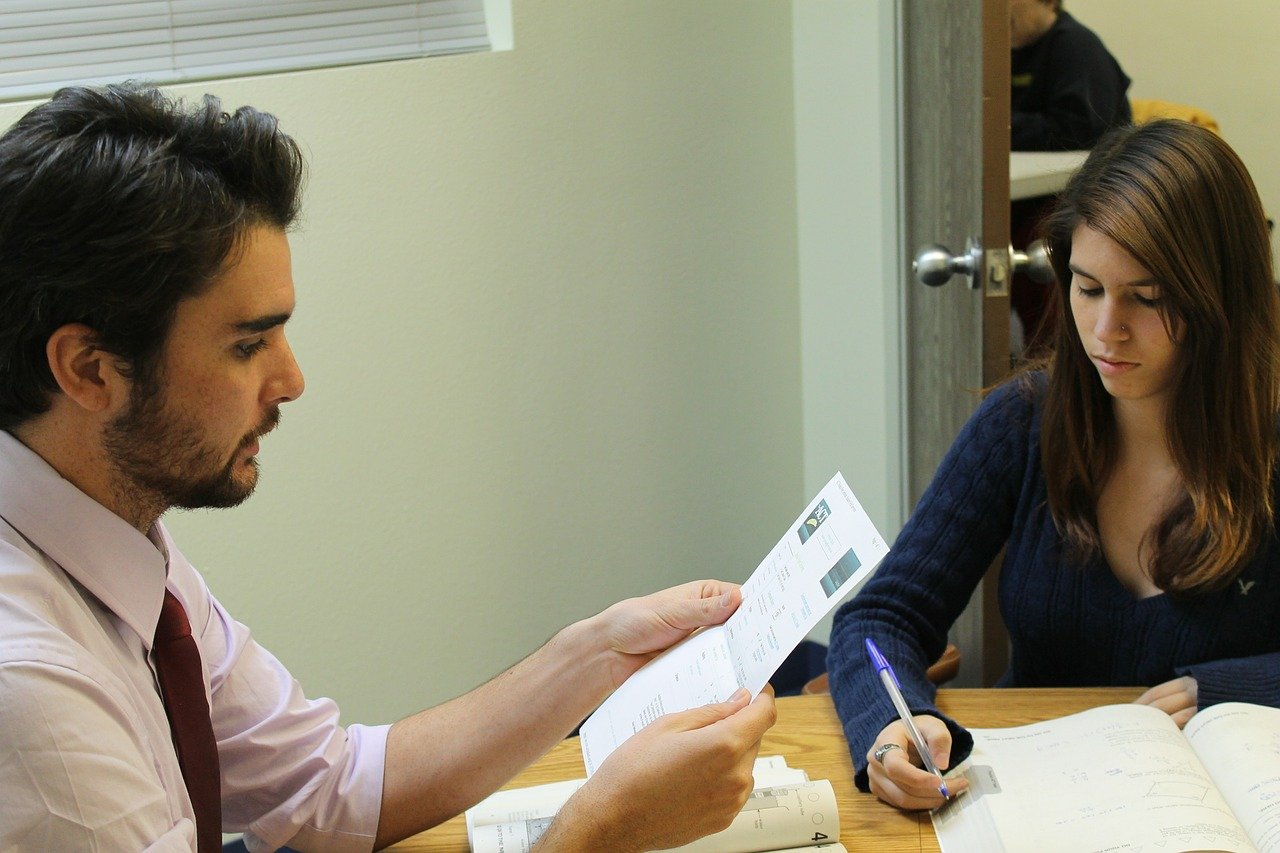There are many factors of gardening and outside care that you may be required to do to stay on top of your property maintenance. We have given a few examples below on when in the year you should ideally get these jobs done, so that your garden remains in the best shape it can possibly be.
When is the vest time of year to plant new trees?
The timing of tree planting plays a crucial role in ensuring the successful establishment and growth of trees. While trees can be planted at various times throughout the year, certain seasons offer more favourable conditions for their healthy development. The best time of year to plant trees generally depends on factors such as climate, species of the tree, and local conditions.
In many regions, the optimal time for tree planting is during the dormant season, which typically occurs in late fall or winter. During this period, trees are not actively growing, and they can focus their energy on developing strong root systems. Planting trees in the dormant season allows them to establish roots and acclimate to the soil before the demands of spring growth and summer heat.
In contrast, planting trees in the spring is also common, especially in areas with harsh winters. Early spring, before new growth begins, provides an opportunity for trees to take advantage of the upcoming growing season. The soil is usually moist, providing adequate moisture for root development. However, care must be taken to avoid planting too late in the spring, as trees need time to establish roots before summer stress sets in.
Summer planting can be more challenging due to the high temperatures and increased water demands. However, if proper care is taken, including regular watering and mulching, trees planted in summer can still thrive. Fall planting is another viable option in regions with mild climates. The cooler temperatures and increased rainfall allow trees to establish roots before winter dormancy.
It is important to consider the specific requirements and characteristics of the tree species being planted. Some trees have specific preferences for planting times. Consulting with local nurseries, arborists, or agricultural extension offices can provide valuable guidance on the best time to plant specific tree species in your area.
In conclusion, the best time of year to plant trees depends on several factors such as climate, species, and local conditions. The dormant season in late fall or winter is generally considered favorable, but spring and fall can also be suitable depending on the region. Understanding the specific needs of the tree species and seeking guidance from experts will help ensure successful tree planting and establishment.
When’s the best time of the year to re-turf your lawn?
The timing of turfing, or laying new sod, is a crucial factor in achieving a healthy and thriving lawn. While turfing can be done at various times of the year, choosing the best time depends on several factors, including climate, grass type, and local conditions.
For cool-season grasses like Kentucky bluegrass, perennial ryegrass, and fescue, the best time to turf your lawn is in early fall or spring. These seasons provide optimal growing conditions with cooler temperatures and sufficient moisture. Turfing in early fall allows the grass to establish roots before winter, while spring turfing takes advantage of the increased sunlight and moderate temperatures for robust growth.
Warm-season grasses such as Bermuda grass, Zoysia grass, and St. Augustine grass should be turfed during late spring or early summer when soil temperatures are consistently warm. These grasses thrive in hotter climates and require warm soil for successful establishment. Turfing in late spring or early summer allows the grass to take advantage of the upcoming growing season and minimizes the risk of frost damage.
Avoid turfing during extreme weather conditions, such as high heat or freezing temperatures, as they can stress or damage the newly laid sod. Additionally, it’s important to consider local conditions, such as rainfall patterns, before turfing your lawn. Adequate moisture is crucial for the initial establishment of the turf, so it’s ideal to choose a time when rainfall or irrigation can provide consistent watering.
It’s worth noting that turfing can be done successfully outside of the recommended seasons, but it may require additional care and maintenance to ensure proper establishment. Consulting with local lawn care professionals or contacting agricultural extension offices can provide valuable insights specific to your region and grass type. Head over to Lilydale Instant Lawn to find out more about instant lawn and lawn care.
In summary, the best time to turf your lawn depends on the grass type and local climate. Early fall or spring is ideal for cool-season grasses, while late spring or early summer is suitable for warm-season grasses. By choosing the appropriate season and providing proper care, you can increase the chances of a healthy and lush lawn.
When is the best time of year to prune your trees?
The best time of year to do tree pruning depends on the specific goals and requirements for pruning, as well as the type of tree being pruned. Generally, the timing of tree pruning can vary based on factors such as tree species, growth patterns, and local climate conditions. Here are some guidelines to consider:
- Dormant Season (Late Winter to Early Spring): For most tree species, pruning during the dormant season, typically in late winter or early spring before new growth begins, is recommended. Pruning during this time allows for easier visibility of the tree’s structure and promotes vigorous growth in the upcoming spring.
- Summer Pruning (After the Growth Spurt): Some trees benefit from a summer pruning session, which is typically done after the initial growth spurt in late spring or early summer. Summer pruning can be useful for corrective pruning, reducing canopy density, or controlling the size of the tree. However, it’s important to avoid pruning during periods of hot and dry weather to minimize stress on the tree.
- Pruning Flowering Trees (After Blooming): If you have flowering trees, such as cherry or magnolia, it’s best to prune them immediately after they finish blooming. Pruning too early can remove flower buds and reduce the tree’s ability to produce blooms for the following year.
- Hazardous Branches (Anytime): If there are hazardous or dead branches posing a safety risk, they should be promptly removed regardless of the season. These branches can be pruned at any time to mitigate potential dangers.
It’s essential to note that certain tree species have specific pruning requirements and may deviate from these general guidelines. Additionally, seeking professional advice from certified arborists or tree care specialists is recommended, as they can assess the tree’s condition, growth patterns, and provide tailored guidance on the best time and approach for pruning.
Ultimately, the optimal time for tree pruning depends on a combination of factors, including the tree species, desired outcome, and local climate. By considering these factors and seeking professional advice when necessary, you can ensure effective and healthy pruning practices for your trees. We Got Your Back With Our Kyle Tree Service.
If you wish to know more about Garden Maintenance or tree surgery, Hassell and Sons are able to provide lots of relevant and knowledgeable advice about what is best to do.






